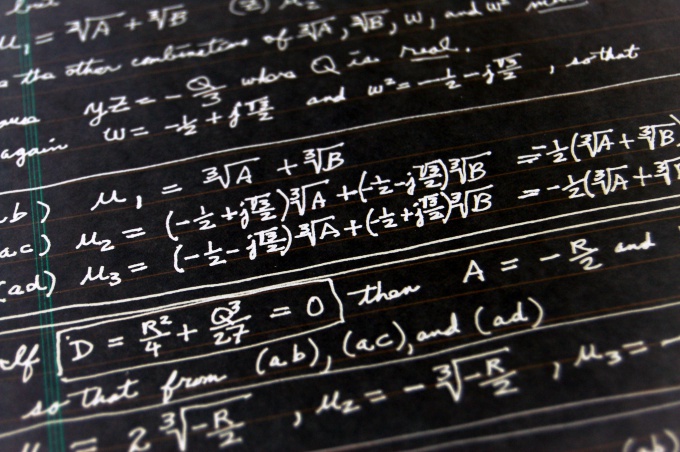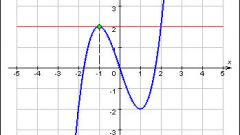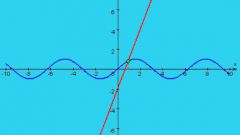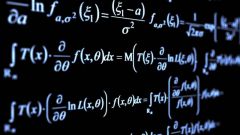Instruction
1
Let's start with the definition of continuity. It reads as follows:
The function f (x) defined in some neighborhood of the point a is called continuous at this point, if
lim f(x)=f(a)
x->a
The function f (x) defined in some neighborhood of the point a is called continuous at this point, if
lim f(x)=f(a)
x->a
2
We will understand what it means. First, if the function is not defined at this point, the sense to speak about continuity there. Function razryva. For example, all known f(x)=1/x does not exist in a zero (divide by zero in any case impossible), and that the gap. It will also affect more complex functions in which it is impossible to substitute some values.
3
Secondly, there is another option. If we (or someone for us) composed by the function of pieces of other functions. For example, this:
f(x)=x^2-4, x<-1
3x, -1<=x<3
5, x>=3
In this case, we need to understand it is continuous or razryva. How to do it?
f(x)=x^2-4, x<-1
3x, -1<=x<3
5, x>=3
In this case, we need to understand it is continuous or razryva. How to do it?
4
This option is more complicated, as required to establish continuity on the entire function definition. In this case, the domain of the function is all number line. That is, from minus-infinity to plus-infinity.
To start use the definition of continuity on an interval. Here it is:
The function f (x) is called continuous on a segment [a; b] if it is continuous at each point of the interval (a; b) and, moreover, continuous on the right at point a and left point b.
To start use the definition of continuity on an interval. Here it is:
The function f (x) is called continuous on a segment [a; b] if it is continuous at each point of the interval (a; b) and, moreover, continuous on the right at point a and left point b.
5
So, to determine the continuity of our complex functions, it is necessary to answer a few questions:
1. Determined whether the given functions on the given intervals?
In our case the answer is positive.
So, break points can only be at the points of change of the function. That is, at the points -1 and 3.
1. Determined whether the given functions on the given intervals?
In our case the answer is positive.
So, break points can only be at the points of change of the function. That is, at the points -1 and 3.
6
2. Now we need to investigate the continuity of the function at these points. We already know how to do it.
First you need to find the function values at these points: f(-1)=-3, f(3)=5 the function is defined at these points.
Now we need to find the right and the left limits for these points.
lim f(-1)=-3 (the limit on the left exists)
x->-1-
lim f(-1)=-3 (the limit on the right exists)
x->-1+
As you can see, the right and left limits for the point -1 coincide. So the function is continuous at the point -1.
First you need to find the function values at these points: f(-1)=-3, f(3)=5 the function is defined at these points.
Now we need to find the right and the left limits for these points.
lim f(-1)=-3 (the limit on the left exists)
x->-1-
lim f(-1)=-3 (the limit on the right exists)
x->-1+
As you can see, the right and left limits for the point -1 coincide. So the function is continuous at the point -1.
7
Repeat the same procedure for points 3.
lim f(3)=9 (the limit exists)
x->3-
lim f(3)=5 (the limit exists)
x->3+
But here the limits are not the same. This means that at point 3 the function razryva.
That's all the study. We wish you success!
lim f(3)=9 (the limit exists)
x->3-
lim f(3)=5 (the limit exists)
x->3+
But here the limits are not the same. This means that at point 3 the function razryva.
That's all the study. We wish you success!
Useful advice
Always during the analysis of the continuity it must be remembered that the majority of functions are continuous. These include linear, quadratic, exponential and trigonometric functions.



